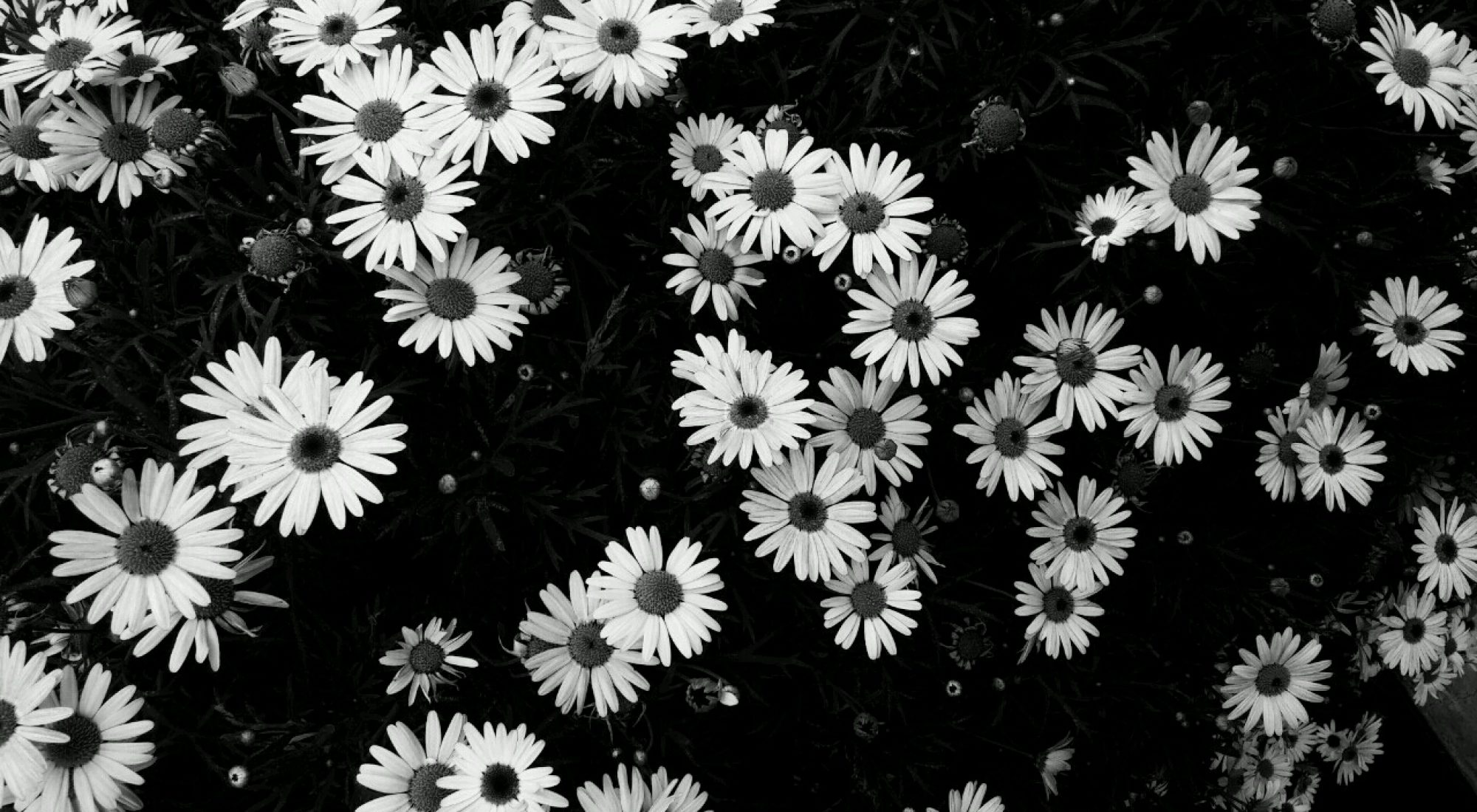Planar Model Process: Tetrahedron

My initial planar model was made of 6 planes, 2 sets of 3 similar planes.


Initially, when I thought about making something to resemble a tetrahedron or imply its shape, I thought of making something symmetrical and angular. However, after completing the model, I felt that it did not look very interesting from different angles, as they were almost all the same. Hence, I decided to change my planar model.

Initially, I had difficulties drawing the different perspectives on paper. I wanted to use a big triangle as my dominant plane, without placing it in a way that it was one of the entire plane of the tetrahedron. Hence I wanted it to be tilted at an angle while being supported by another shape. It was then, when I placed the linear model over the two shapes that I felt that if I created and arranged shapes which touches all 3 points / ends of the triangular plane on every sides, it would be able to imply the shape of a tetrahedron more clearly.
Final Model Research:

Triangles and Arches, Alexander Calder, 1965 Beta Paper Installation, Richard Sweeney
I was inspired by the works of Alexander Calder, especially Triangles and Arches, where he uses triangles, but distorted their shapes and forms by making them curvier. I felt that it was interesting, and how it resembled like dolphins hopping out of the water and going back into the water.
Richard Sweeney’s Beta Paper Installations has also inspired me to create curves instead of flat planes. I liked how the creases and the bends of the papers greatly suggest a flow.
 Untitled, Alan Brain Untitled, Alan Brain
Untitled, Alan Brain Untitled, Alan Brain
I was also inspired by the paintings of Alan Brain, where he uses mostly geometric shapes, but distorted them in a way where it did not look like the usual flat geometric shapes. I felt that movements or flow was implied through the distortions.
 Bojes Chapel, Africa Walt Disney Concert Hall, Los Angeles
Bojes Chapel, Africa Walt Disney Concert Hall, Los Angeles
I felt inspired by these wavy architecture as well.
Final Model Process:


Initially, I had problems trying to visualise it and putting it on paper. I started out with trying to envision the original planar and linear models, and how to make the planes break apart from one another.

My linear + planar model and my Combination model prototype. Inspired by Alexander Calder, Alan Brain, and Richard Sweeney, I decided to make curves using geometric shapes made of cardboard. I used the same planes from the planar model; same / similar shapes but bigger / longer to amplify the idea of movement as the planes looked smaller when I creased the flutes to create the curves.



My prototype model. Used cotton thread to hold the planes, but felt that it looked weird and out of place like this. Also felt that the rubber bands were rather distracting, and it comes off easily.


Hence I decided to remake the model. It was rather difficult to catch the angle while using hot glue gun to stick the chopsticks together. Removed the extra plane in my prototype, and swapped the positions of some of the planes. I decided to use cotton thread to hold an entire side of the planes to the chopsticks instead of just holding it from the ends. I felt that this could portray the notion of movement, and looked less out of place compared to the prototype.
